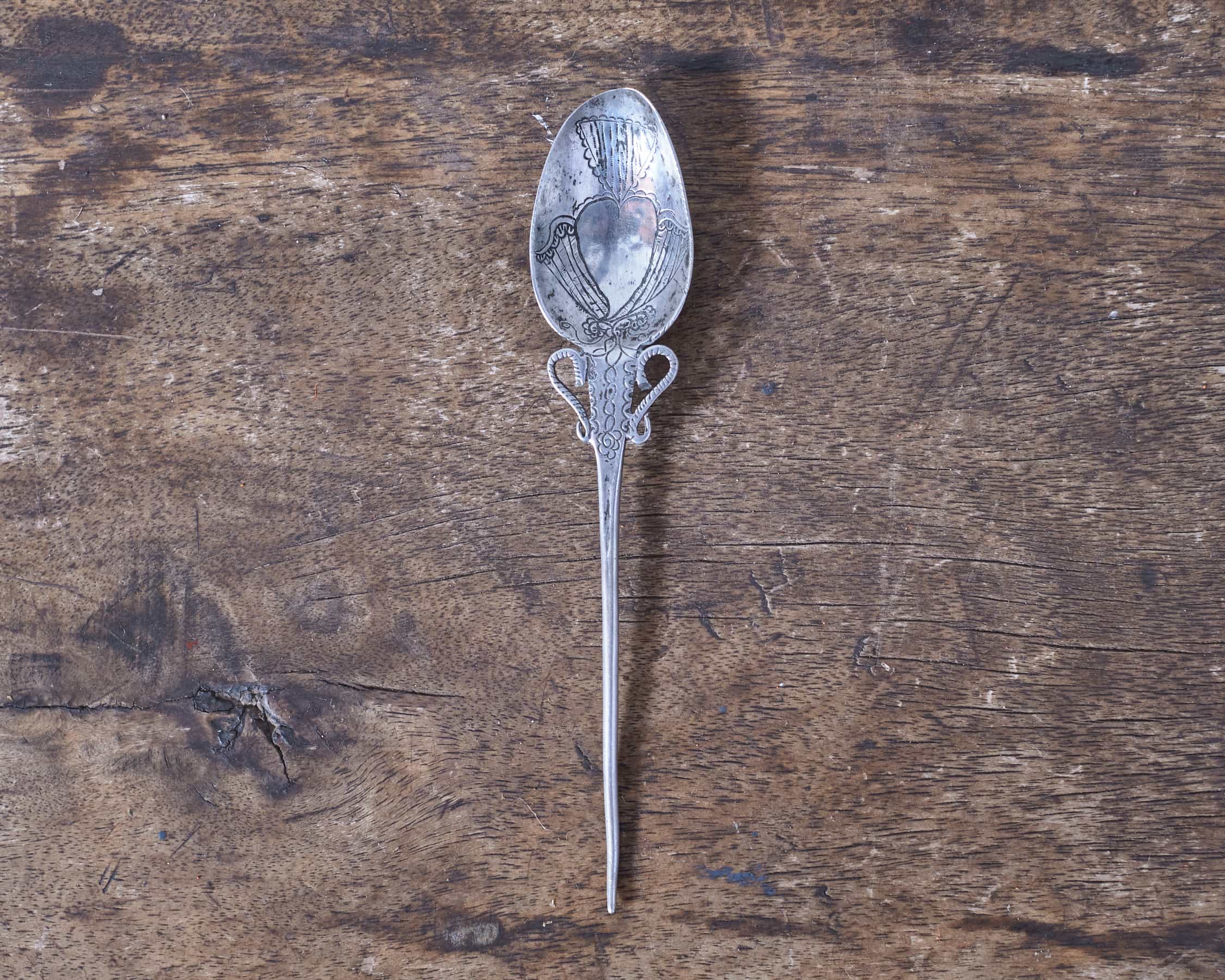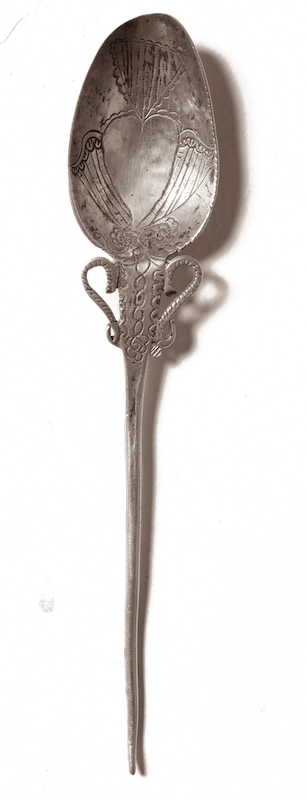History behind the piece
Within history, the tupus offer an exceptional case of permanence in time, since their presence in the Andean world dates back to the time of the pre-Inca kingdoms and continues, without interruption, to this day.
Tupu is actually the generic name assigned to various types of ornamental metal pins used by indigenous women as pins to hold their clothing. They are composed of a pointed rod, which fulfills a properly utilitarian function, and a decorative head, usually of considerable size, which can take on a wide variety of shapes depending on the period to which they belong.
It is known that the tupus extended their origin to the coastal and Andean areas of Peru as evidenced by the female representations in the Nazca vessels, or in the Chancay ceramics; however, its massive use in the Andes dates even centuries before the formation of the Tawantinsuyo. Since ancient times, these accessories were made of copper or bronze, but above all in silver, probably due to the ancient symbolic association of white metal with the tears of the moon, and, therefore, with the cult of a lunar divinity that identifies with the feminine side of the cosmos.

Although some very old specimens can be found today, it is believed that most of them have been developed from the last third of the 18th century onwards, after the repression that came after the defeat of Tupac Amaru II and the consequent launch of the Areche decree, which ordered the prohibition of the Quechua language, the use of indigenous clothes, and virtually any mention or commemoration of the Inca culture and its history; in other words, the tupus fit this profile perfectly.
Spoon-type pieces, like this one, could come from the Republican era. Most of these pieces were made at the end of the 18th century, until the last third of the 19th century. Its spoon-shaped silhouette represents the most widespread typology, especially in the southern Andean region. This specimen is considered an expression of traditional rural art1 and concentrates its adornment in the concave part, decorated with a burin with Hispanic-style ornamentation.
Origin: Southern Andean Zone
Characteristics: Silver in its color
Measurements: 16,4 cm x 3,3 cm
Condition: Excellent
SKU: 0060Characteristics: Silver in its color
Measurements: 16,4 cm x 3,3 cm
Condition: Excellent
Personal Collection of
MUSEO DE ARTE POPULAR ANDINO
1
Rural Traditional Art is considered to be those plastic manifestations created by rural residents whose productions cannot be identified as part of the autochthonous language of an ethnic group. A traditional artist from the rural area who migrates to the city will continue to make traditional rural art while maintaining their techniques, forms and functions, since these come from the rural area.

